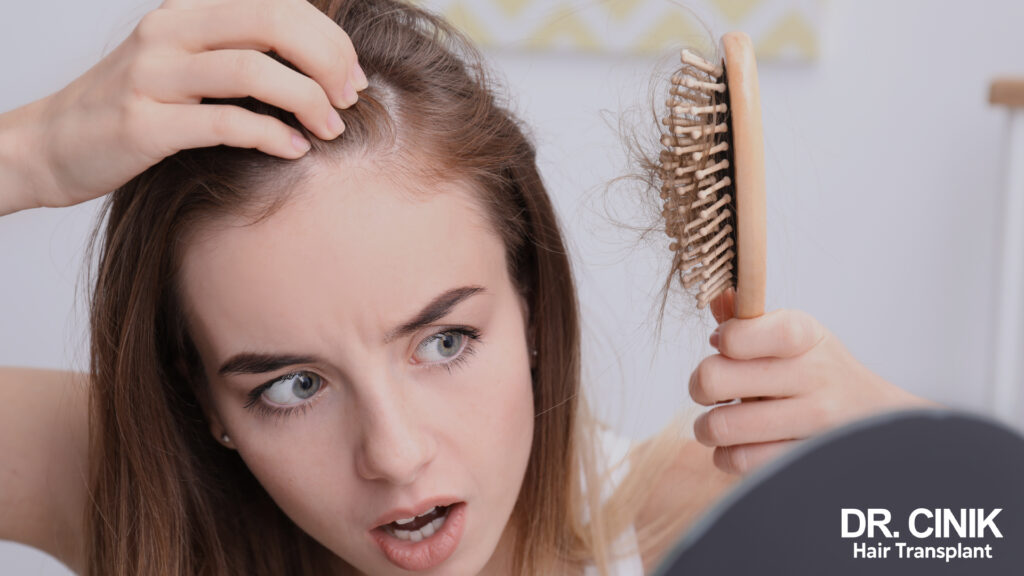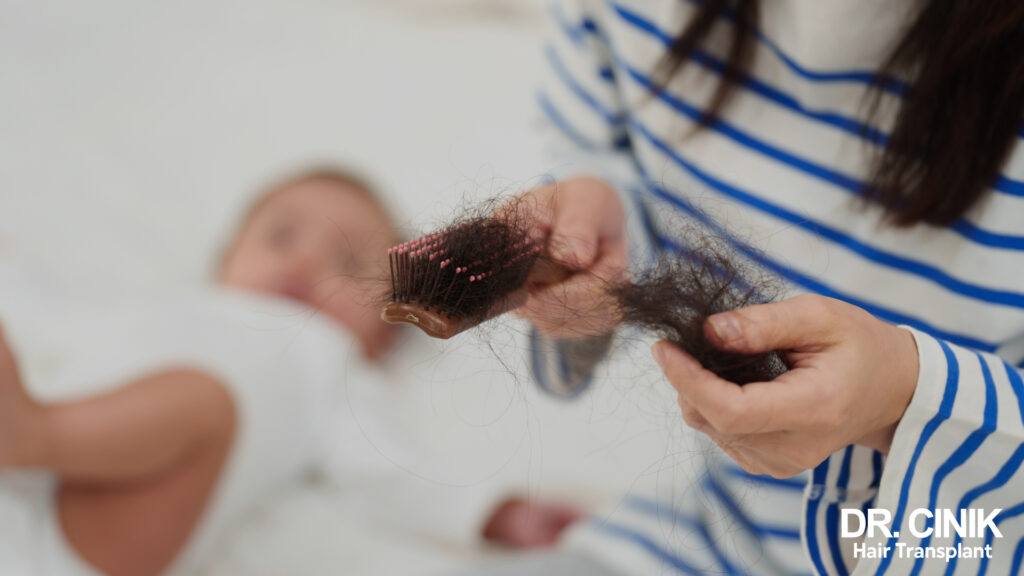Hair transplant 2 months after: the start of regrowth

Summary
Hair transplantation represents a significant solution for many people facing hair loss. The process is accompanied by a series of post-operative steps crucial to its success. Immediately after the procedure, patients go through a period of scalp healing, usually complete within 10 days.
Around 1 month after the operation, a phenomenon known as “shock loss” occurs, marking a normal but often surprising stage when transplanted hair may fall out. While this stage can cause concern, it is a precursor to a much-awaited phase: the start of hair regrowth.
Two months after the transplant, we enter this key phase, where signs of the transplant’s success begin to appear. Find out more about the regrowth process, its characteristics and what patients can expect during this crucial period in their hair restoration journey.

The end of hair loss and the start of regrowth
After going through the initial stages of hair transplantation, patients enter a crucial phase: the start of regrowth.
An intermediate and often unexpected stage in this process is shock loss. A temporary loss of transplanted hair characterises this phenomenon. Although this may sound alarming, it is, in fact, a normal reaction of the scalp to transplantation.
The good news comes about two months after the transplant when the first hairs start to grow back. These new hairs are often very thin initially, but their quality improves over time. The regrowth rate is generally around 1 cm per month, allowing a gradual gain in density. It’s important to note that this regrowth improves daily, offering a visible and continuous improvement in appearance.
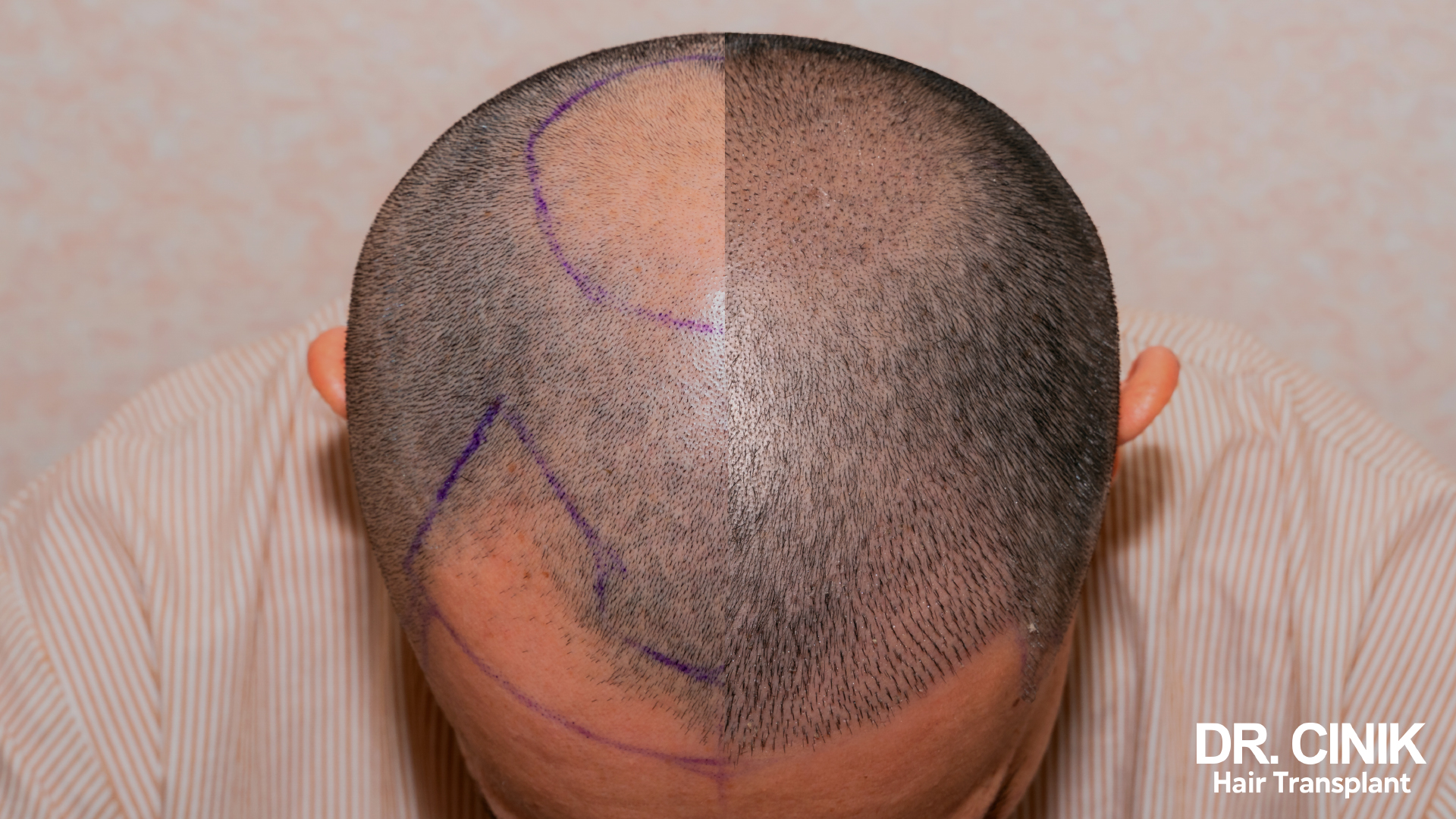
It’s also important to note that the level of regrowth varies from patient to patient. This variability depends on several factors, such as the patient’s age, hair quality, the type of graft performed, and post-operative care. Some patients may experience faster, denser regrowth, while the process may be slower and more subtle for others. Nevertheless, most patients can expect to see a significant improvement in the months following the transplant, marking the beginning of a long-awaited hair renewal.
Hair care 2 months after your hair transplant
Two months after a hair transplant, patients enter a phase where many post-operative restrictions begin to be lifted, paving the way for a gradual return to normality. However, it remains essential to follow specific guidelines to ensure the best possible result.
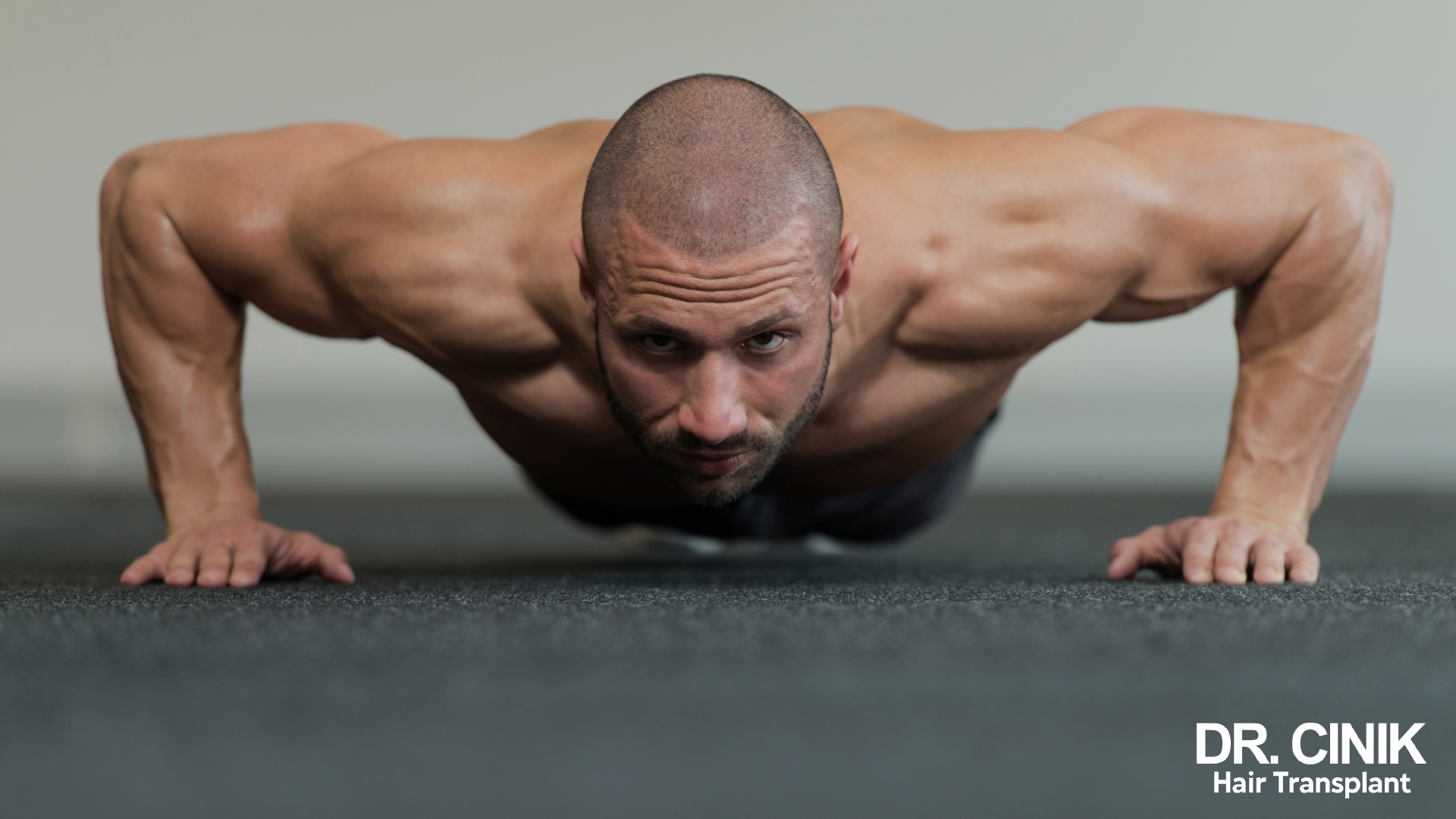
As far as physical activity is concerned, it is advisable to remain cautious. At this stage, it is generally possible to resume light exercise such as body-weight training. However, for more intense and demanding activities, it is advisable to wait until three months after the transplant. This precaution avoids excessive pressure on the newly implanted follicles and ensures better healing.

The diet also plays a crucial role in hair healing and regrowth. Opting for a balanced diet is essential. It’s advisable to include foods rich in proteins, vitamins and minerals in your diet, which are beneficial to hair health. Nutrients such as iron, vitamin E and omega-3, found in various foods, can help strengthen hair and promote growth.
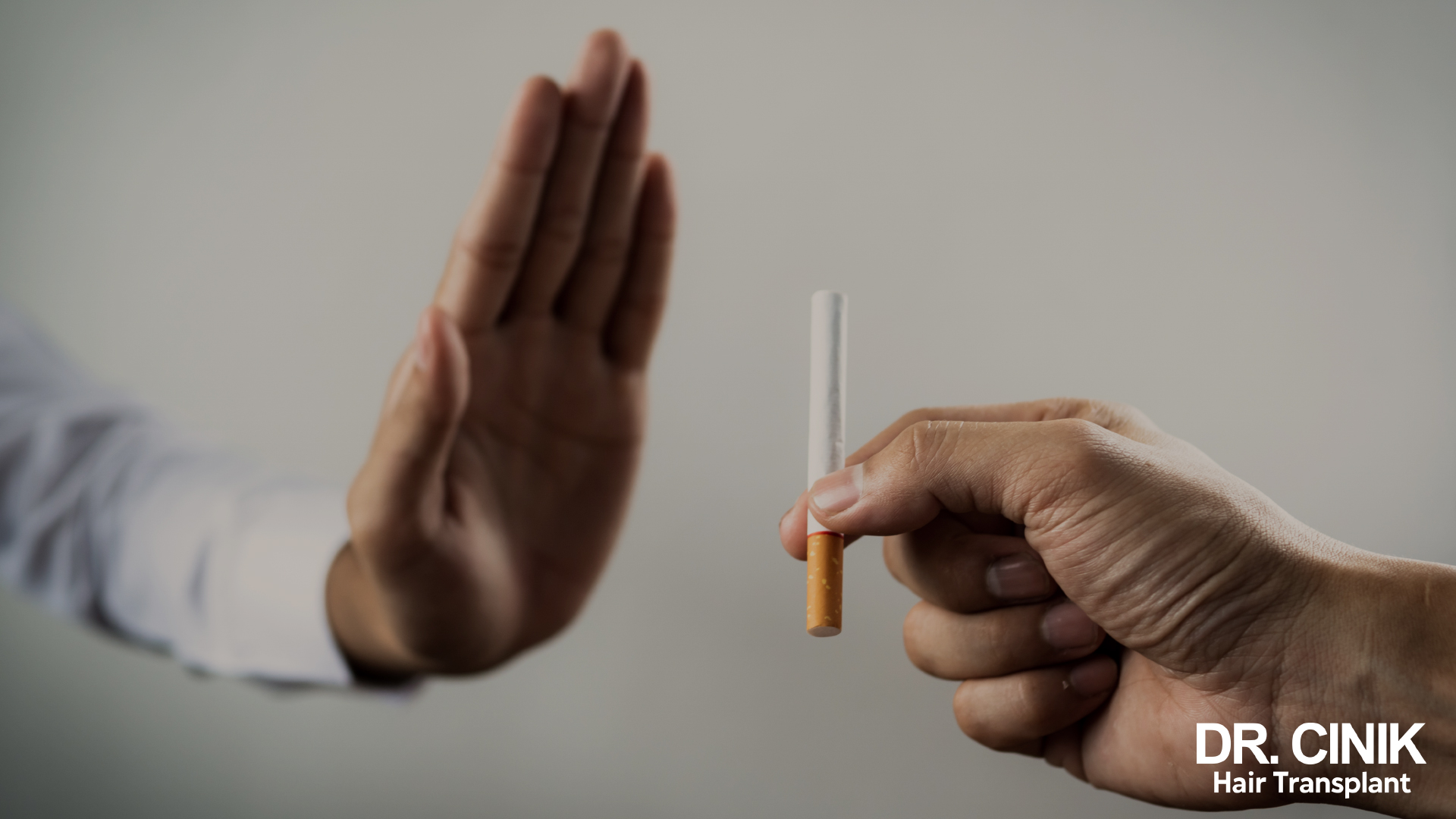
Finally, it is strongly recommended to avoid alcohol and tobacco, as these substances can affect blood circulation and, consequently, limit the supply of nutrients and oxygen to hair follicles. This can slow down the healing process and impact the quality of hair regrowth.
Following these post-hair transplant care tips can significantly contribute to your treatment’s success and achieve optimal results.

